Hartung, Hans
Born in 1904 and died in 1989, Hans Hartung was a French painter of German origin, now considered a key figure in abstract art. Throughout his life, printmaking played a key role in his work. Read the biography
12 results displayedSortedfrom newest to oldest
-
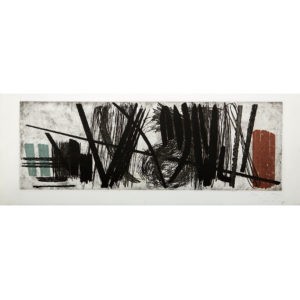
Engraving 4
Hans Hartung
8 500€
-
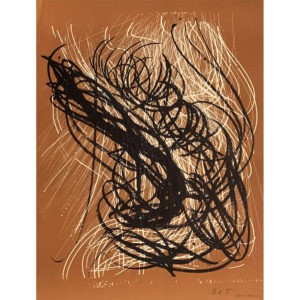
L 1971-7 | C
Hans Hartung
SOLD
-
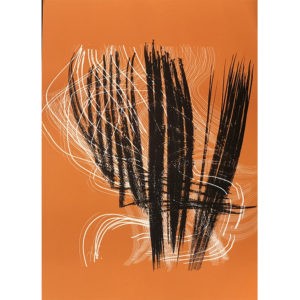
L 1971-5 | A
Hans Hartung
SOLD
-
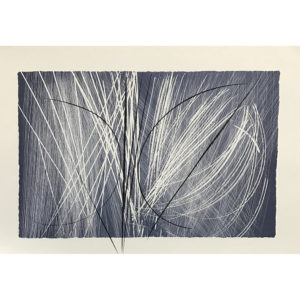
L 1971-2 | B
Hans Hartung
SOLD
-
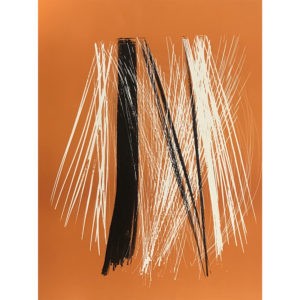
L 1971-6 | B
Hans Hartung
SOLD
-
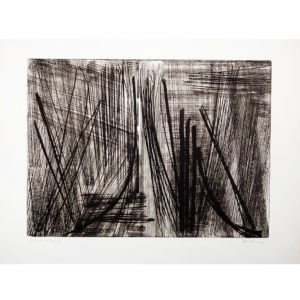
Engraving 25
Hans Hartung
SOLD
-
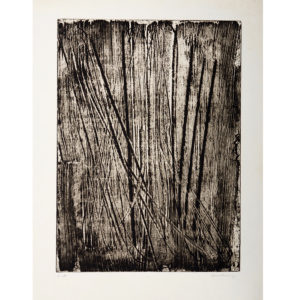
Engraving 21
Hans Hartung
SOLD
-
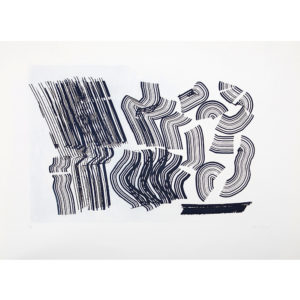
Las Estampas de la cometa, plate E
Hans Hartung
SOLD
-
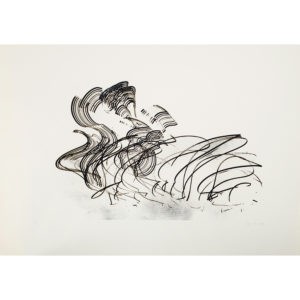
Las Estampas de la cometa, plate D
Hans Hartung
SOLD
-
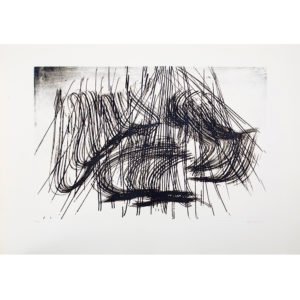
Las Estampas de la cometa, plate C
Hans Hartung
SOLD
-
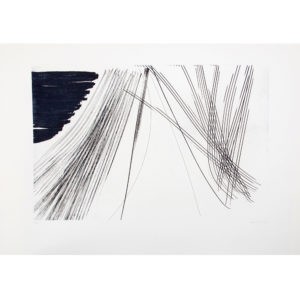
Las Estampas de la cometa, plate B
Hans Hartung
SOLD
-
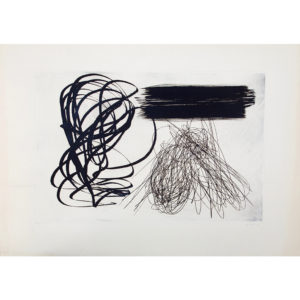
Las Estampas de la cometa, plate A
Hans Hartung
SOLD
Biography of Hans Hartung
Hans Hartung was born in Leipzig on September 21, 1904. His interest in art began as a child. From 1924, he attended the Dresden Gymnasium, becoming fascinated by Rembrandt, Francisco de Goya, Frans Hals and El Greco, and later by German Expressionists such as Oskar Kokoschka and Emil Nolde. He painted inspired by some of these works, simplifying the composition to retain only the masses of color. In 1926, Hans Hartung moved to Paris and became enthusiastic about what he saw of Pablo Picasso and frequented the Louvre. There, he spent entire days looking at the Old Masters and adapting them to his own visions.
Hans Hartung's life was marked by historical circumstances, but in which art constantly played a central role. During the Second World War, Hartung was mobilized, but after the armistice he took refuge with Julio González's family in the Lot region of France. During this period, and under difficult material conditions, he continued to produce, notably a series of abstract inks and a few paintings, as well as a series of "heads" inspired by Julio González and Picasso's Guernica. In 1943, Hans Hartung crossed into Spain, under very perilous conditions. He was arrested and sent to the Miranda del Ebro concentration camp for seven months. There, he taught art history to his fellow inmates, based on memories of Wilhelm Pinder's teaching in Leipzig, and painted portraits and at least one self-portrait.
Hartung then joined the Legion in North Africa. He was wounded in 1944 and lost a leg. Discharged the following year, he returned to Paris. With the help of Alexander Calder, he became a naturalized French citizen in 1946 and was honored by France.
During this period, Hartung established himself as one of the leading figures of the second École de Paris. He took part in several exhibitions; his first one-man show was held in Paris in 1947 at the Lydia Conti gallery, where he attracted considerable attention from critics such as Madeleine Rousseau: "A painting by Hartung is, without doubt, a moment in the painter's existence; but, even more, it is a moment in our civilization, with the constraints, dangers and hopes it brings and which, to a large extent, determine each individual's attitude.[1] ".
His paintings, etchings and lithographs were exhibited extensively, and in 1960 he was awarded the Grand Prix International de Peinture at the Venice Biennale. In 1977, he was elected to the Académie des Beaux-Arts, and the Centre Pompidou organized a touring exhibition of his etchings and lithographs. In 1982, he was given a permanent room of his own at the Staatsgalerie Moderner Kunst in Munich.
After his death, Hartung's work had little presence on the art scene for a few years, but from the late 90s and early 2000s, it was rediscovered by the public and by artists of many different currents and techniques. Today, Hans Hartung is considered one of the greatest exponents of abstract art, and the precursor and pioneer of many avant-garde movements that developed in the second half of the twentieth century, including informal, gestural, tachist, lyrical and action painting.
Hans Hartung and engraving
From 1932 onwards, engraving played an important role in Hans Hartung's work. Indeed, in the words of Rainer Michael Mason[2]Hartung is more an engraver-painter than a painter-engraver. For him, etching comes first and serves as a model for the rest of his work.From 1971 onwards, his work on engraving became so fundamental to him that it influenced his relationship with painting. This influence is present in the instruments used - he scratches in the fresh paste of the colors - but it goes hand in hand with a whole aesthetic reflection. Hartung described his new painting as "the fruit of [his] long research in lithography". Etching is at the heart of his reflections on composition, line and curve, around questions of rhythm, intensity, form and volume.
Hans Hartung's work in etching also made reproducibility a central notion in his work. Pierre Wat puts it this way: "The major part of his activity dedicated to a form of copying himself, the transfer, clearly indicates that, for him, contrary to the spirit of the age, the quality of a work has nothing to do with its uniqueness. On the contrary, he insists on repetition as a condition for the quality of his painting: the more you produce, the better it will be[3] ".
Throughout his life, engraving thus played a decisive role in Hans Hartung's work. The Galerie Arenthon invites you to discover a selection of his work.
[1] Madeleine Rousseau, Hans Hartung, Stuttgart, Domnick Verlag, 1949, "Vie et oeuvre".
[2] Rainer Michael Mason, "Hartung et l'estampe", in Anne Pontégnie (ed.), Hartung, 10 perspectives, Milan, 3 Continents Editions, 2006
[3] Pierre Wat, Hans Hartung, La peinture pour mémoire, Hazan, 2018, "Hans Hartung et la reproductibilité de l'œuvre d'art".
